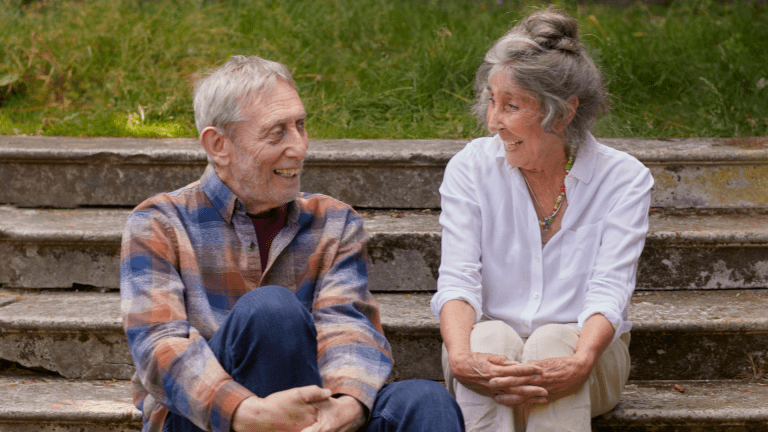There will be those living on the streets who find the present crisis grimly familiar. Living alone is for them scarcely a novelty. Withdrawal from society has a long history, which informs how we will cope with the coronavirus epidemic.
Solitude was once seen as a privilege reserved for educated men. In the words of the first major work on solitude by Johann Zimmermann, it was a necessary moment for ‘self-collection and freedom’ in the midst of an increasingly busy urbanising society. Women were held to be too emotionally frail to cope with such isolation, and working people would not have any spare time to spend by themselves. The monastic tradition of solitary prayer within a disciplined institution, which stretched back to the desert fathers of the fourth century, had been destroyed in England by Thomas Cromwell and the Reformation.
Around the turn of the 19th century, a reaction set in, driven by the Romantic Movement. Escaping the press of people, striding out across empty countryside, became a means of enhancing the imagination in the face of the mechanising forces unleashed by the industrial revolution.
During the Victorian period, a combination of growing domestic prosperity, a burgeoning consumer market and vibrant mass communication networks, made it easier for middle-class men and women to find time and space to enjoy their own company. Pastimes such as reading, gardening, stamp-collecting, needlework, handicrafts, card solitaire and angling rapidly expanded. It became possible to practise physical solitude, where the practitioner was apart from company, or networked solitude where he or she was alone but in contact with distant friends or relations, or abstracted solitude, where the individual removed their thoughts and attention from surrounding company.
We should realise that we are much better equipped for living by ourselves than we were in the 1918 flu epidemic
In the following century, working-class households began to enjoy similar opportunities. Falling family sizes combined with the construction of council house estates with two or three bedrooms and enclosed gardens meant that housewives had more time to themselves, adolescent children had rooms of their own and husbands could pursue private interests around the home. Solitude was seen as a necessary and valued adjunct to social life rather than a threat to its existence. After 1945, two contrasting developments took place.
In the first place, society more broadly began to self-isolate. Due to old age pensions, other welfare reforms (and a wider cultural shift in thinking), more people of all ages were able to choose to live alone. By and large the satisfaction of independence, combined with improving communication networks, made living alone as satisfactory an experience as health and age permitted.









